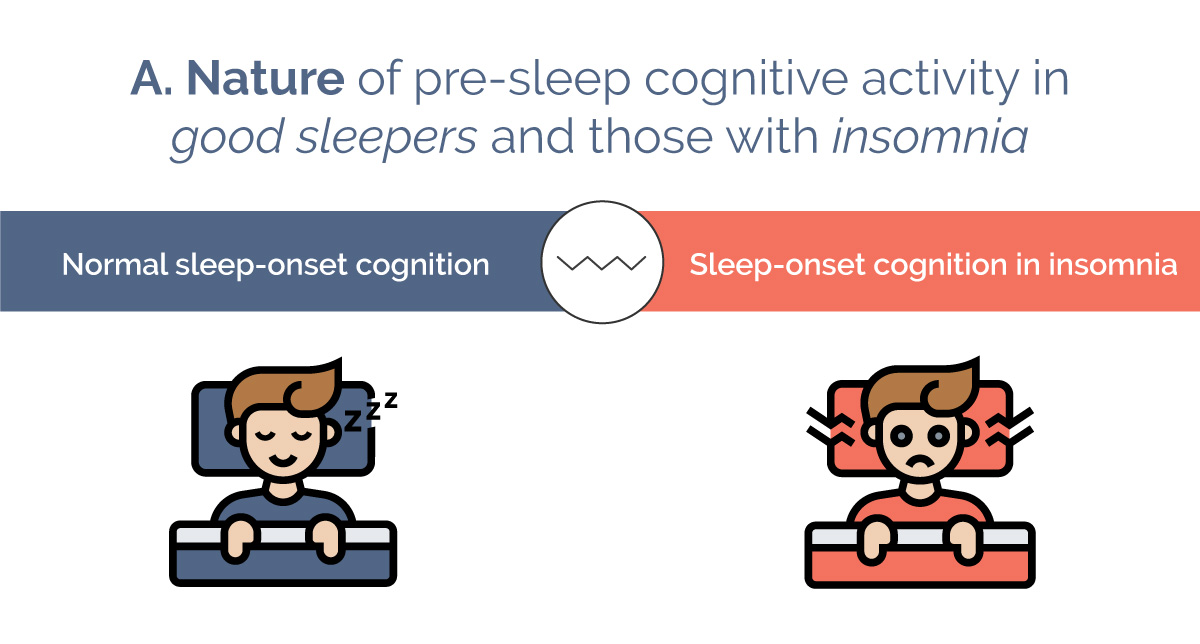
As an undergraduate student in psychology, on Sunday evenings I sometimes had trouble falling asleep.
In my third year, I was introduced to (and fell in love with) theoretical AI-driven cognitive science. I learned that Professor Claude Lamontagne had devised a computational theory of visual motion perception, from which he rigorously predicted an entirely new class of visual illusions. (By rigorously, I mean that his computer simulation of visual motion perception evinced these illusions: Sigma smooth pursuit eye movements). Lamontagne not only had a theory, he demonstrated the potential of theoretical AI for psychology. If you deeply understand a system, you may be able to predict new phenomena and also manipulate the system, and perhaps even trick it. (Sadly, rather than focusing on Lamontagne’s theory of visual motion perception, empirical psychologists latched onto Lamontagne’s Sigma effect merely as an experimental paradigm, which became a little empirical cottage industry. If you are interested in computational psychology, you must read Lamontagne’s thesis. It is a masterpiece.)
Lamontagne’s work led me to ask myself, “if I understood how the brain controls sleep onset, could I devise thought patterns that would help me fall asleep?” So, I would try to form a model of the system, informally derive hypotheses from it, test them on myself, use the data to try to improve my understanding, and iterate.
Fast forward many moons: my colleagues and I conducted the first systematic literature review on sleep onset mentation, which was published in Sleep Medicine Reviews last month: Lemyre, A., Belzile, F., Landry, M., Bastien, C., & Beaudoin, L. P. (2020). Pre-sleep cognitive activity in adults: A systematic review. Sleep Medicine Reviews, 50, 1-13.
To help the general public understand it, with Laura Lefurgey-Smith, we then designed an infographic about our paper. The header image of this post is cut from that infographic.
Integrative design-oriented approach
What interests me most about our paper, however, is not the bulk of the review. It is the rationale and conclusion of the paper.
My initial curiosity about sleep onset and insomnolence led me to develop the first integrative design-oriented (IDO) research programme on sleep onset and insomnolence. The integrative approach requires of course that we deeply consider not only the literature specifically on the subject of sleep onset and insomnolence. But it also requires that we attempt to understand the phenomena in relation to major (affective, conative, executive, ancillary) functions of the human mind. The approach requires that we reverse engineer specialized and integrative functions, in evolutionary terms. That is an integrative design stance.
Our review paper, however, doesn’t present our somnolent information processing (SIP) theory. As one would expect, it deals mainly with the empirical literature as such.
Nevertheless, the conclusion of our paper is inspired by the integrative design-oriented approach. Moreover, our paper is perhaps the first in the peer-reviewed journal literature to explicitly mention the sleep onset control system (SOCS) in relation to insomnia and evolution. (I’ve also discussed it in peer-reviewed conference publications since 2014.) We write:
it is reasonable to expect that natural selection favored a SOCS that took into account multiple sources of information in order to produce a biologically adaptive response: staying awake or falling asleep.
By referring to “multiple sources” we are suggesting that SOCS is an integrative system which we believe is not perfectly modular. Our reference to evolution is a nod towards the IDO approach.
We had submitted a paper about our SIP theory to the same journal (Sleep Medicine Reviews) the previous year. In reading the reviewers’ comments on that earlier paper, I got the impression they are not particularly familiar with and/or appreciative of AI and cognitive science. So, we will submit a revised version of our SIP paper to a journal that appreciates both sleep onset and theoretical AI driven cognitive science.
This is quite important because I doubt that we can make adequate progress on understanding sleep onset and insomnolence without taking an integrative design-oriented approach.
The cognitive shuffle, which I devised based on SIP, is inspired by Claude Lamontagne’s approach, as it is meant to trick the human sleep onset control system into thinking that the brain is falling asleep, and hence that it is OK to fall asleep. Since our theory posits that sleep onset has a positive feedback loop, this inner (and unconscious) perception should be pro-somnolent.
That means SIP theory holds that the brain does not merely deal with insomnolence (staying awake) but it also must compute somnolence. More generally the brain contains effective decision procedures that determine and control transition to sleep. These need to be understood if we are to treat insomnia and address insomnolence. And that explains the title of this blog post.
The infographic contains a few pointers to SIP theory which go beyond the review paper. I hope you will find the paper and infographic interesting.
Related
- Infographic for “Pre-sleep Cognitive Activity in Adults: A Systematic Review” – mySleepButton. (This has a copy of the actual infographic.)
- Beaudoin, L. P., Lemyre, A., Pudlo, M. & Bastien, C. (2019). “Towards an integrative design-oriented theory of sleep-onset and insomnolence from which a new cognitive treatment for insomnolence (serial diverse kinesthetic imagining, a form of cognitive shuffling) is proposed.” Poster presented at the World Sleep Congress 2019. Vancouver, BC.
- Beaudoin, L. P., Hyniewska, S., & Hudlicka, E. (2017). Perturbance: Unifying research on emotion, intrusive mentation and other psychological phenomena with AI. Paper presented at the Symposium on Computational Modelling of Emotion: Theory and Application at AISB-2017. Paper available from http://summit.sfu.ca/item/16776. This paper presents an updated IDO notion of perturbance. SIP theory postulates that perturbance is insomnolent.
- Lamontagne, C. (1973). A new experimental paradigm for the investigation of the secondary system of human visual motion perception. Perception, 2, 167–180.
- Lamontagne, C. (1976). Steps towards a computational theory of visual motion detection: Designing a working system. (Doctoral dissertation). University of Edinburgh, Edinburgh, UK.
